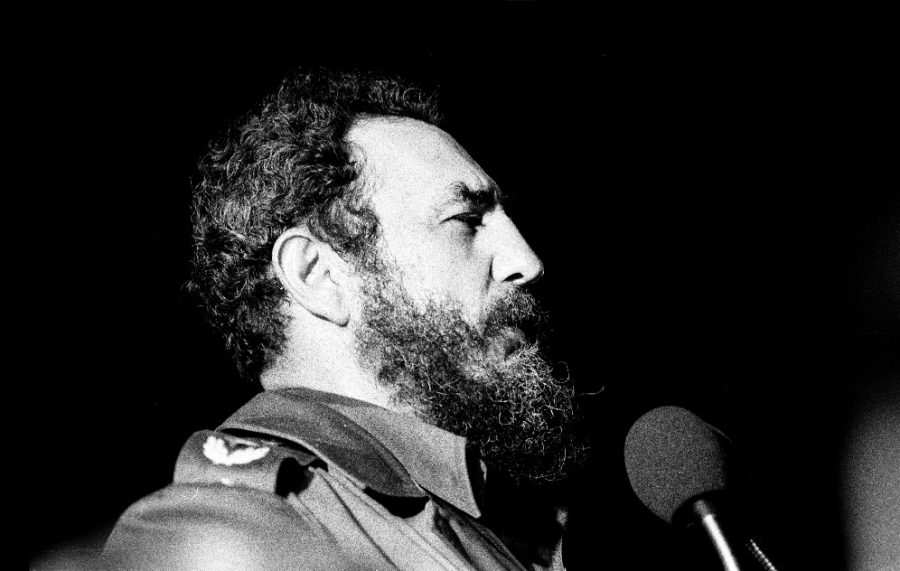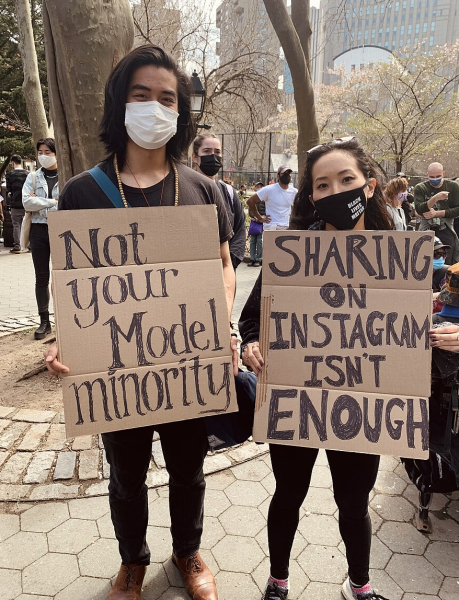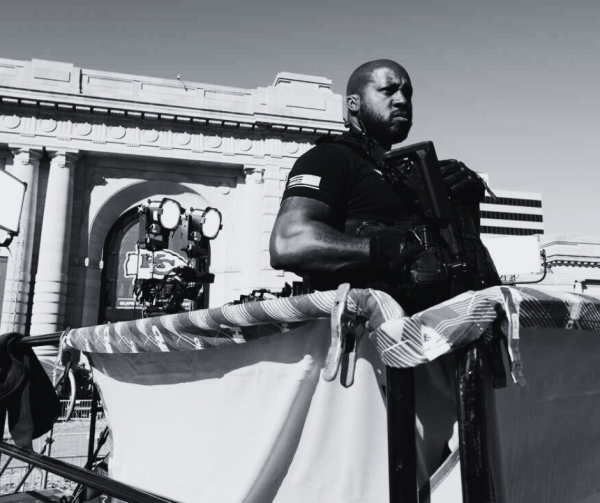What can we learn from 20th century revolutionaries?
A review of the history of regime changes and the impact they had
Castro in 1978
May 25, 2022
The 20th century brought about some of the most controversial leaders in human history. Leaders like Joseph Stalin and Vladimir Lenin are some of the most divisive leaders in human history since Napoleon. The midpoint of the 1900’s was often characterized by the ideological and political divide between Western leaders like Winston Churchill and FDR and left-wing leaders in the global south like Fidel Castro and Che Guevara, and as a result of this conflict, leftist revolutionaries were deliberately misrepresented or naively misunderstood by Western society. Without a proper understanding of leaders like Castro, Lenin and Stalin, what they did right and what they did wrong, Western society will never progress past archaism.
Generally, when people think of communism, they think of authoritarian regimes like the USSR, specifically the USSR under Stalin. Stalin was in power for around 30 years, and he quickly industrialized the USSR, making it one of the largest global superpowers. He also set the stage for the USSR to revolutionize space travel by sending the first human and spacecraft into space. Stalin was instrumental in ending WWII as well; the Deputy Chief of Staff of Japan’s army during WWII said that maintaining peace with the USSR was critical to Japan staying in the war and the invasion of Berlin is largely credited as what ended the war in Germany.
However, life in the USSR under Stalin was characterized by ethnic cleansings such as the Holodomor, Stalin’s mobilization of his secret police known as the NKVD to suppress dissent and the reversal of women’s rights legislation that Lenin had passed. Stalin was notoriously paranoid and sent those who disapproved of him to prison camps where they became slaves.
Stalin’s autocratic dictatorship is clearly not a model of leadership we should follow. Fidel Castro, who took power in 1959 in Cuba, generally improved on the flaws present in the USSR. Castro reversed a lot of Jim Crow-like policies in Cuba and was a fierce advocate for racial justice. Castro’s Minister of Industries, Che Guevara, led a literacy campaign that raised the Cuban literacy rate by 29.8 percent. Cuba’s Castro nationalized healthcare and took a hard line against HIV/AIDS, making Cuba the first country to eliminate mother-to-child HIV transmission and reduce the HIV/AIDS rate to 0.4 percent. Homeownership and employment in Cuba have become more accessible, with 85 percent of Cubans owning a home, and the Cuban homelessness rate has remained under 7 percent for decades. Cuba became the 30th healthiest country in the world. In comparison, despite being the world’s richest country, the United States ranks 35th in terms of health. All this was accomplished despite being constantly bogged down by U.S. embargoes.
Unfortunately, Castro’s Cuba was very flawed. Cuba has one of the worst track records when it comes to press freedom, and religious freedom was limited as Cuba was an atheist state until 1992. Homosexuality was heavily criminalized during Castro’s regime and gay people were often jailed, forced into conversion therapy, or even killed. Similar to Stalin, although Castro brought Cuba to a state of economic prosperity, he failed to create an egalitarian, classless, stateless society.
“I believe Cuba suffered under Castro’s regime because Communism did not truly work in the nation,” said RV World History teacher Ms. White. “It was more of a totalitarian state that provided a limited amount of security for the people of Cuba… As for Stalin’s USSR, while he did transform the region into an industrial superpower, Stalin was a brutal dictator who ruled with an iron fist. He maintained a firm grip on his people by instilling complete fear in them.”
Many will cite the failures of Fidel Castro’s Cuba and Stalin’s USSR as evidence that communism never worked or never will work. However, the issue with Castro and Stalin wasn’t that they were communists: it was that they formed vanguard parties to implement communism. Vanguard parties are parties formed out of revolutionary movements that, if successful, become the sole ruling party in that country. Vanguard parties inherit control of the military, police and other various state forces. This creates an additional boundary to create a classless, stateless society. There is a clear ruling class, and the state still exists; it’s simply in the hands of a different entity.
But a vanguard party isn’t needed to implement communism. Rather, the formation of a vanguard party can make the implementation of communism more difficult, as the vanguard party serves as an obstacle to dissolving the state. The authoritative nature of the vanguard parties utilized by Castro and Stalin is what makes people wary of communism. But we’ve seen communist leaders take control without vanguard parties, and we’ve seen them make positive changes without the political repression and suppression of dissent that come with a vanguard party.
Thomas Sankara, often referred to honorably as “Africa’s Che Guevara,” took power in Burkina Faso in 1983. Although he was assassinated four years later, his leadership in Burkina Faso is one of the most prominent examples of successful communist rule without a vanguard party. Sankara, like Castro and Guevara, was a communist. Sankara, like Guevara, spearheaded a nationwide literacy campaign that raised the unemployment rate by 60% during his presidency. Sankara expanded women’s rights, banning genital mutilation and forced marriage and appointing women to high positions of authority. Sankara sold off all of the Mercedes cars owned by the government to fund Burkina Faso’s social housing initiative, which was a success. Sankara declared the entire year of 1985 rent-free and he abolished the feudalistic form of land ownership that had existed in certain communities. Sankara’s tree-planting initiative planted 10 million trees in just four years as a means of combating climate change. Above all, Sankara put the people first. He transformed Burkina Faso’s military provisioning store into the country’s first public supermarket. To provide for the people as best he could, Sankara limited his salary to $450 a month and only owned modest possessions. Sankara temporarily achieved the same economic prosperity in Burkina Faso that Castro did in Cuba, without the rampant political and social repression.
Thomas Sankara showed that positive change can be achieved via communism or socialism without authoritarian rule. But people still choose to ignore him to fuel the myth that no communist movement has been successful. He turned an authoritarian, impoverished nation into an egalitarian country with a major say in global politics. His leadership is something to look back upon positively.












